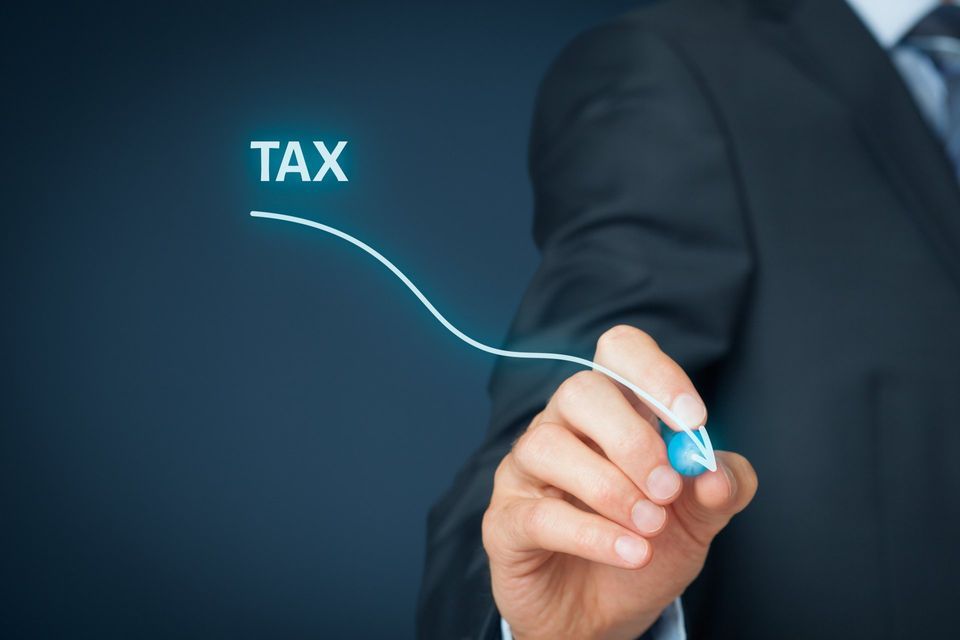How to Pay Zero Taxes on Your Capital Gains

If you have savings outside of pretax retirement accounts invested in capital assets (like stocks, bonds, ETFs, mutual funds, precious metals, jewelry, and real estate) which have large unrealized capital gains, this article is for you. You may be missing the opportunity to pay zero taxes NOW instead of 15% or higher rates in the future. Sign up to receive my free monthly email articles on retirement planning--no cost, no obligation
.
|
Summary
For your capital assets outside of pretax retirement accounts which have large unrealized capital gains, tax gain harvesting may save you thousands of future tax dollars.
If you are in the lower income brackets for any reason, perhaps by design during the gap years between retirement and RMDs or delayed Social Security, you may be able to take advantage of 0% tax rates on long-term capital gains and avoid 15% or higher tax rates in the future. And it's hard to beat 0% taxes!
If you have both pretax savings in tax deferred retirement accounts (like IRAs and 401ks) AND large unrealized capital gains outside tax deferred accounts, Roth conversions and tax gain harvesting are two great strategies for reducing your lifetime taxes by paying lower taxes now to avoid higher taxes in the future.
Since accelerating ordinary income and harvesting capital gains both increase your taxable income in the year implemented, they can crowd each other out, meaning that Roth conversions may make more sense in one situation, whereas capital gains harvesting may be the best solution in another. And this can change from year to year for the same taxpayer.
Roth conversion and/or tax gain harvesting?
In a previous article, I wrote a fairly detailed article on Roth conversions. I wrote about when Roth conversions make sense and when they don't. I also gave a step-by-step process for making that assessment and identifying the amount to convert.
The idea of Roth conversions is that if you have a pretax IRA or 401k, all that money is not yours. Part of it is Uncle Sam's and he will get his share when you withdraw it.
If you have pretax savings in tax deferred retirement accounts (like IRAs and 401ks) AND large unrealized capital gains, you have two strategies that could potentially save you tens or hundreds of thousands of dollars over your lifetime.
But these two strategies compete with each.That's because these two strategies trigger two different types of taxes which both have two different progressive brackets applied to assess your tax liability.It takes some analysis to decide which strategy is best for each individual taxpayer...and it can change each year for the same taxpayer.
For some people, their IRA or 401k is a literal ticking tax time bomb that will result in unavoidable crushing tax rates in the future--and that is not even assuming higher tax rates due to factors such as the government needing to support entitlement programs for the wave of baby boomers retiring, etc.
But the good thing is you may have some control over when and how you withdraw or convert that money. And If you can pay $10,000 in taxes now to avoid $20,000 in taxes later (taking into account the time value of money), then Roth conversions can make a lot of sense.
This Roth conversion strategy could save you tens or hundreds of thousands of dollars over your lifetimes in ordinary income taxes by accelerating ordinary income in the lower brackets (10%/12%/22%/24%) to avoid future higher brackets (32%/35%/37%). Or filling up the 10 and 12% brackets to avoid the 22% and 24% brackets, etc.
For others, instead of avoiding future "ordinary income tax rates", you may be able to avoid higher "capital gains" taxes by harvesting long-term capital gains at 0%/15% to avoid 18.8%/23.8% brackets--or selling assets at 0% capital gains to avoid 15% or higher later...or selling at 15% to avoid 23.8% later.
At various income levels, it may make more sense to harvest capital gains rather than doing Roth conversions. (They can crowd out each other, so you need to pick which strategy is more advantageous each year based on your current and future tax projections. That is because capital gains are stacked on top of ordinary income minus deductions to establish your total taxable income.)
If you deliberately cause yourself or find yourself to be in the lower income brackets for any reason (maybe during the gap years between retirement and delayed Social Security or Required Minimum Distributions (RMDs)), paying ZERO taxes on a certain amount of capital gains to avoid future 15% tax rates or higher may be a better strategy than a Roth conversion.
It all depends on your situation as to which strategy is best--and this can change from year to year based on your situation and the current and future tax rates.
It could also be that the optimum strategy in a given tax year is a combination of a Roth conversion and capital gains harvesting.
The goal is to choose the optimal balance between Roth conversions and harvesting capital gains. Here is a flow chart to help with that decision.
For those of you who want to dig deeper, this Michael Kitces article, though using 2020 tax rates, goes into this topic in greater detail.
Below are 2021 tax rates for both ordinary income and capital gains.

Figure 1. 2021 Tax Rates
Note: This article you are reading is referring to long-term capital gains which are held for more than a year before they are sold for a gain. Short-term capital gains result from selling capital assets owned for one year or less and are taxed as regular ordinary income. Learn more here.
An example of harvesting capital gains at a zero percent tax rate
For example, here is an example of a 62 year-old retired couple who has a large taxable account with highly appreciated mutual funds. They have not yet filed for Social Security but have some dividends and a pension that results in an adjusted gross income of $45,408 and a taxable income (filing standard deduction) of $25,100.
So how much long term capital gains can they harvest free of taxes by selling some of their highly appreciated assets in 2021? The answer is $60,000.
Figure 2. Example of a tax-free long-term gains harvesting opportunity
Remember, if this couple wants to harvest all of the $60,000 of gains at a zero percent tax rate they will have to sell more than the $60,000. That's because the basis of what the client paid for the investment will not be taxed with the sale. So, depending on the proportion of gains to basis, this might mean a sale of $200,000 of securities in the account to capture the $60,000 gains.
For older investors who have seen large gains due to strong stock market returns, their risk level may need to be reduced anyway, making this a win-win strategy.
However, unlike harvesting capital losses
where there is a wash rule that mandates you wait 30 days before buying the same investmen
t, there is no such rule for capital gains
harvesting. So this couple can immediately buy the same stock or bond or fund that they sold.
The beauty is their new cost basis would now be a higher price, meaning future gains would now be based on the current higher market price rather than the lower share price they paid years ago.
Now, this couple will have to manage cash flow for their living expenses, so they may use some of the sold shares for their expenses (tax free from their taxable account) and reinvest the remainder.
If the couple has a strong confidence they will want to keep these investments for life AND there will never be a need to sell them AND long-term capital gains tax rates won't rise AND the step-up in cost basis at death won't be removed from the tax law in the future, they and their heirs may avoid capital gains through death. But those are a lot of things to count on, and it's hard to beat a zero percent tax rate, especially when the next bracket is 15%.


Travis Echols , CRPC®, CSA
Receive free Social Security Guide by email




Investment Advisory Services offered through JT Stratford, LLC. JT Stratford, LLC and Echols Financial Services, LLC are separate entities.











